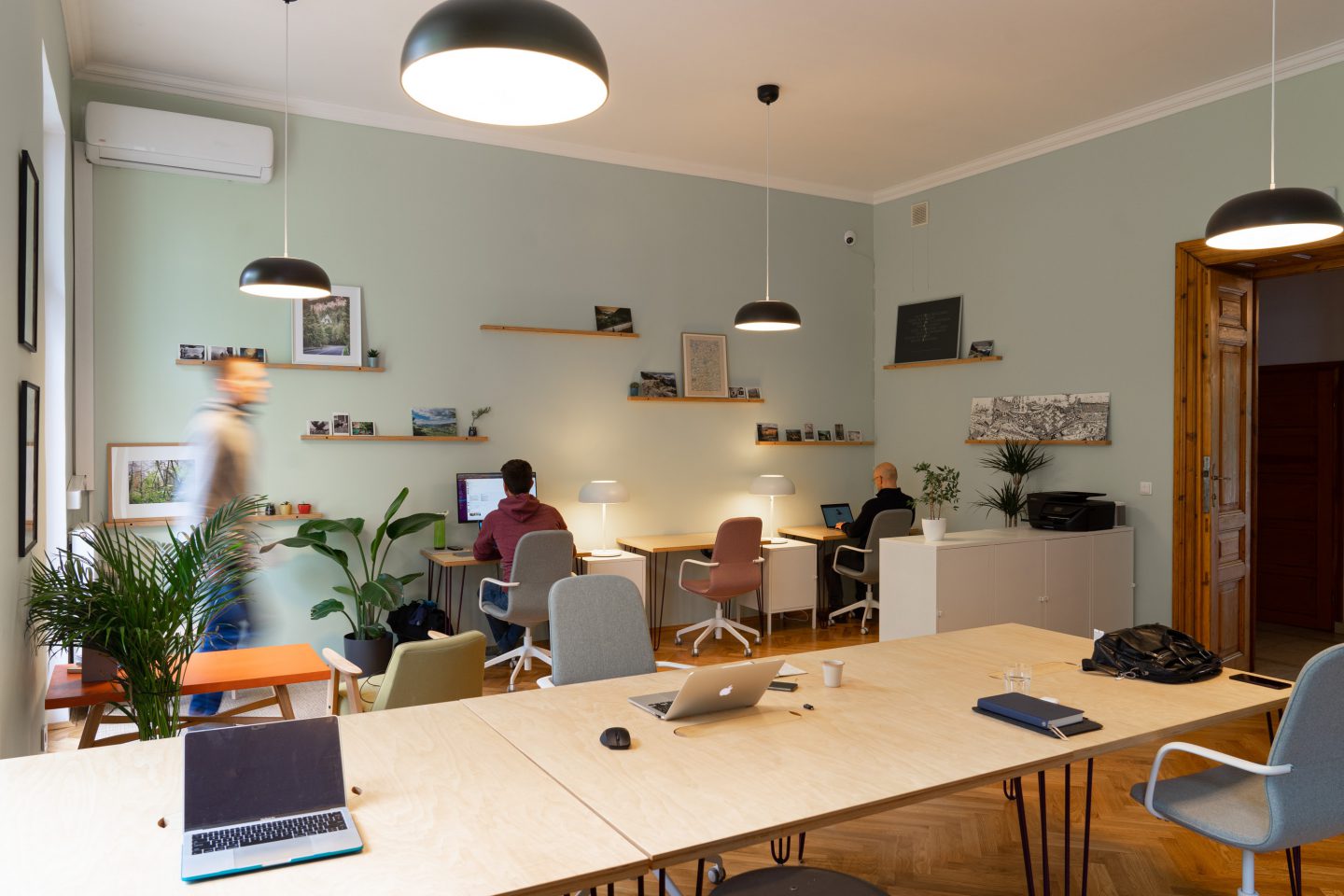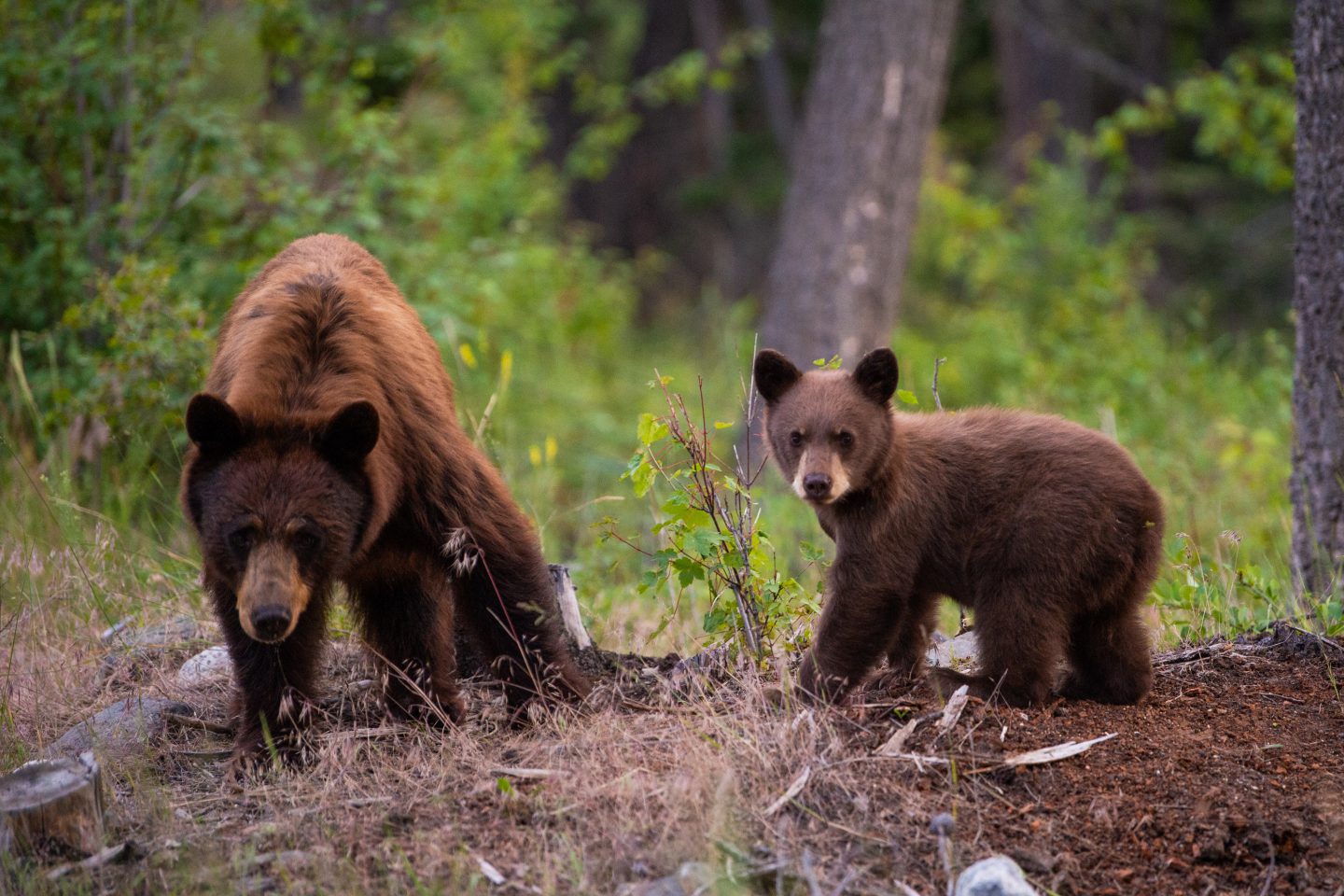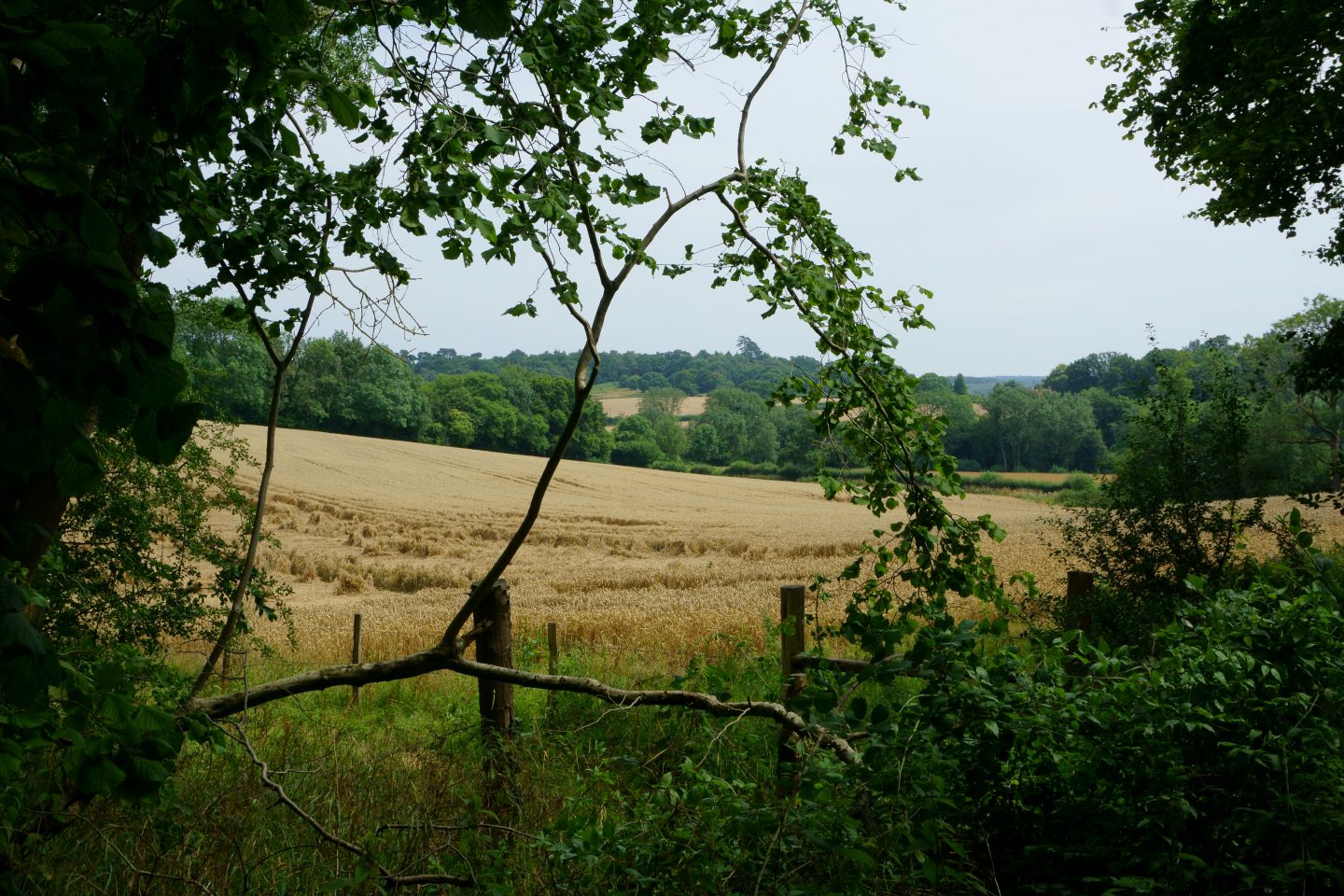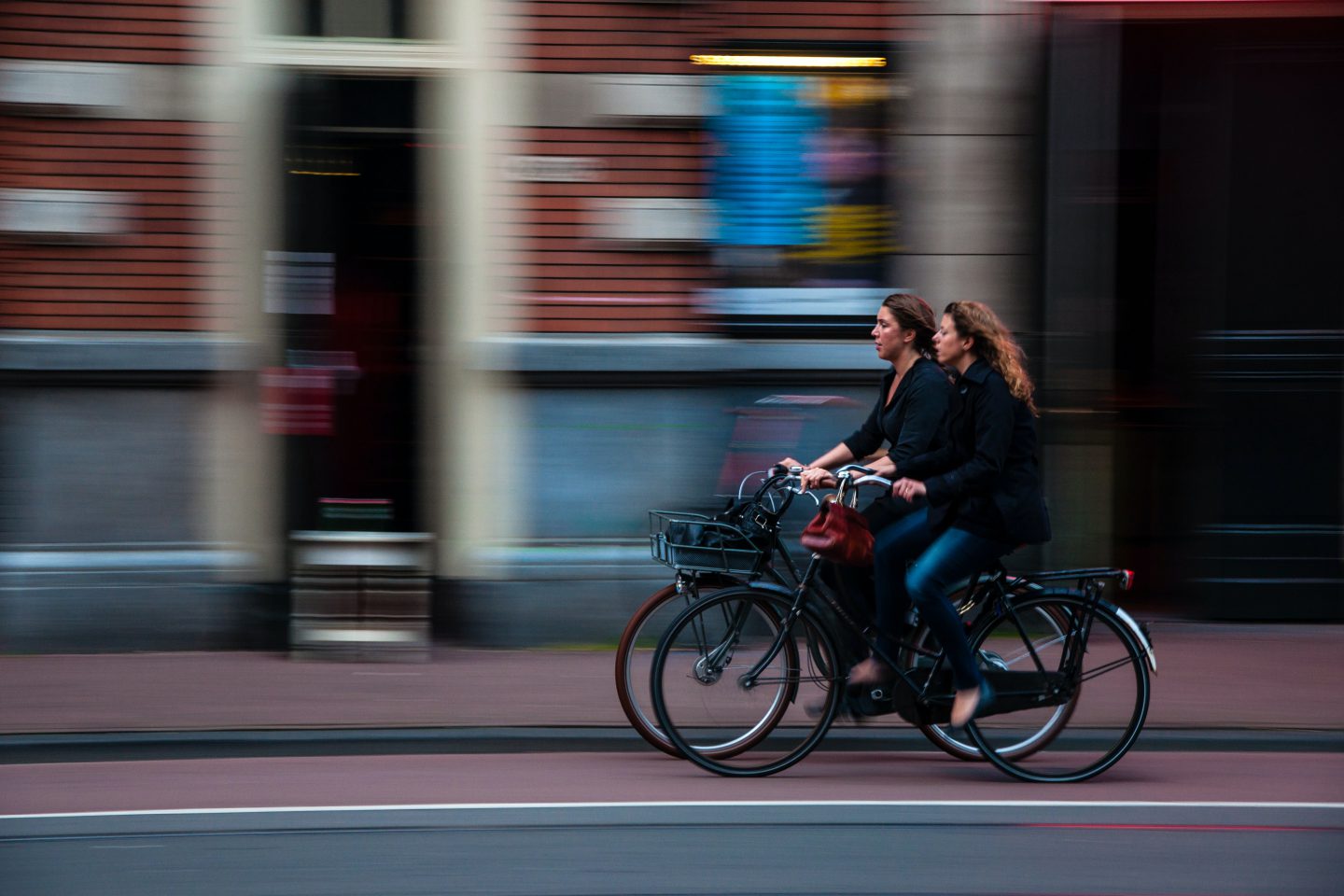Who are Britain’s happiest workers? The people who staff the London office of US travel tech firm Expedia, according to Glassdoor’s annual workplace satisfaction survey. In both 2016 and 2017, Expedia rated highest for employee satisfaction, according to anonymous reviews from current and past workers.
Reading this Business Insider profile of the “happiest office in London” might make you believe that Expedia’s high level of employee satisfaction is down almost entirely to the office itself and the various on-site perks – which includes table tennis, football, gaming consoles and a cocktail bar. There’s no doubt that this is a very attractive office.
But the survey of the employees shows that Expedia’s people like working there because of the business, not the fancy office. The most positive ratings cite “culture” and “career opportunities”. The physical surroundings barely merit a mention.
Read more →












